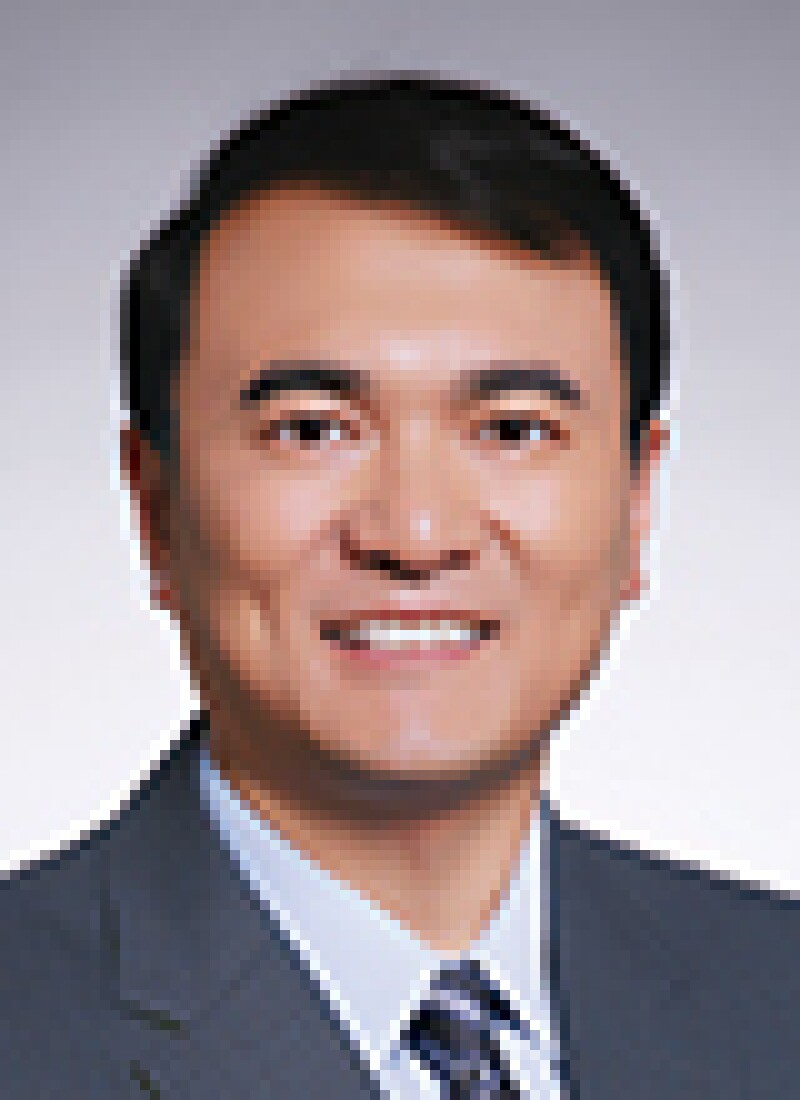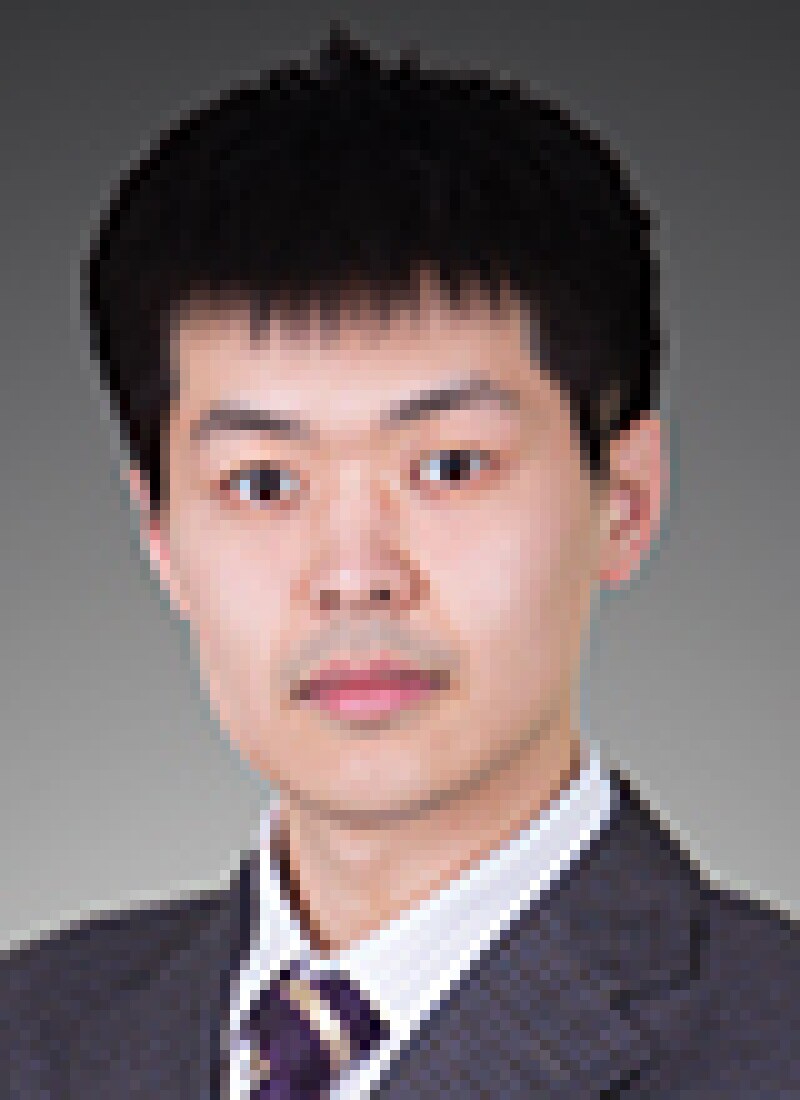
With the rapid development of IT and internet industries and the large number of patents granted in this area in recent years, software-implemented patents have been involved in a large number of patent lawsuits. By the end of 2015, the patent disputes between Baidu and Sogou relating to an online thesaurus had aroused great concern inside and outside the industry, owing to the number of asserted patents and the large amount of damages claimed. In addition, some key legal issues that may be confronted when enforcing software-implemented patents are still under discussion.
In 2015, the Beijing Higher People's Court issued the second-instance judgment upholding the invalidation decision made by the Patent Reexamination Board on Nokia's patent entitled "selecting a data transfer method", which invalidated the entire patent for lack of inventive step. The judgment issued by the Beijing Higher People's Court put an end to Nokia v Shanghai Huaqin Telecom Technology Co, Ltd, a controversial dispute over patent infringement, because the patent had been invalidated. Regrettably for those interested in patents for inventions involving computer programs, the Supreme People's Court had no chance to give its opinions on the key issue related to the protection scope of means-plus-function claims. It is worth taking a closer look into the issues encountered when enforcing software-implemented patents.
Functional modules
In Nokia v Huaqin, the patent at issue is related to a software-implemented method. In addition to the method claim, it also includes an apparatus claim consisting of functional modules corresponding to the steps of the method. This claim drafting strategy follows the provisions in Part II, Chapter 9 of the Guidelines for Examination and is a long-accepted practice by State Intellectual Property Office for this kind of patent application. With regard to the protection scope of an apparatus claim consisting of functional modules, it is provided in Part II, Chapter 2, Section 3.2.1 of the Guidelines for Examination that "the technical feature defined by function in a claim shall be construed as covering all the means which are capable of performing the function". Accordingly, the technical features defined in the form of functional modules cover not only the embodiments specifically disclosed in the specification, but also all other undisclosed embodiments that can realise the functions, by general hardware in combination with a specific piece of software, or a specific piece of hardware in combination with general software, or a specific hardware in combination with specific software, or solely by specific hardware.
In judicial practice in China, the courts construe claims in a different way from what is set out in the Guidelines for Examination. Article 4 of the Interpretation of the Supreme People's Court on Issues Concerning the Application of Law in the Trial of Disputes over Infringement of Patent Rights (Fa-shi No. 21/2009) provides that "for a technical feature in a claim represented by function or effect, the courts shall determine the content of such technical feature by reference to the specific embodiment and its equivalent embodiment(s) of the function or effect as depicted in the description and the appended drawings". No special approaches are established for technical features in the form of functional modules of a computer program, but a general rule is set out for all means-plus-function claims. Similar provisions can also be found in the Guidelines for Determination of Patent Infringement released by the Beijing Higher People's Court in 2013. Based on this Judicial Interpretation, the Shanghai court ruled that the specification of Nokia's patent failed to provide sufficient disclosure of specific embodiments for carrying out the means-plus-function limitation, rendering the protection scope of the claim indefinite, and then rejected the plaintiff's claim.
The differences between how the patent office and the courts look at claim construction give rise to a serious issue when enforcing software-implemented patents. In a software patent, the improvements made to the prior art would lie in the process or flowchart, rather than hardware structures, performed by nothing but a general computer, i.e. the most common embodiment composed of general hardware and specific software. The specification of such software patents will provide no detailed descriptions of the underlying hardware structures since there is nothing special.
Meanwhile, even in the absence of descriptions of the hardware structures in the specification, the invention method and corresponding devices can also be realised by virtue of the knowledge and capabilities of "a person of ordinary skill". To put it another way, even though a software patent includes an apparatus claim consisting of functional modules, non-disclosure of specific embodiments of hardware structures will not result in the defect of "insufficient disclosure". There will arise the issue that the protection scope of claims are held indefinite by the court, just like in Nokia v Huaqin, only when the coverage of a functional module is limited to the hardware structures disclosed in the specification and it happens to be void of such a disclosure.
Clearing up confusion
This issue might be solved in future by judicial authorities through legal interpretations in the following two ways.
First, by assuming that they can be distinguished from common technical features defined by functions, they should construe "functional module" features in a broad manner as "covering all", rather than within the boundaries of the disclosure of the specification. This method of claim construction takes into account not only the characteristics of software inventions, but also long-accepted patent application practice, creating consistency between the patent office at the prosecution stage and the judicial authorities responsible for enforcing patent rights.
Second, to keep construing means-plus-function limitations as covering "embodiments disclosed in the specification and their equivalents" as stipulated in the Judicial Interpretation, but to be careful not to understand a "functional module" as a hardware structure, and to understand that the corresponding embodiments disclosed in the specification may be algorithms or flowcharts of software that are implemented by general hardware and need no redundant descriptions insofar as they can be carried out by a person of ordinary skill.
|
|
"In judicial practice in China, the courts construe claims in a different way from what is set out in the Guidelines for Examination" |
|
|
Meanwhile, authorities should take into account the contribution made by an invention to prior art in determining the "equivalents" within the scope of "embodiments disclosed in the specification and their equivalents". If the contribution point lies in a new or improved function, the equivalents thereof may include the technical solutions that perform the same function by special hardware even if only algorithms or flowcharts of software are disclosed. If the contribution point lies in the fact that the special software was created for a known function, the protection scope thereof should cover only the solutions of the special software as disclosed in the specification.
It should also be noted that, in contrast with courts in the US that are responsible for determining both infringement and patent validity, courts in China are only responsible for hearing infringement lawsuits, while the PRB determines patent validity. However, since infringement lawsuits are premised on determination of the protection scope of claims, the courts in China give their views more frequently on the clarity of claims.
In Nokia v Huaqin, the patent at issue was finally declared invalid by the PRB due to lack of inventive step, which means the clarity of the patent claims was not negated by the PRB. However, the adverse judgment issued by the court on the ground of lack of clarity, in fact, rendered it unable to enforce the patent right. The courts have made similar rulings in other cases, which gave rise to disputes over the power to determine patent validity and should be considered when looking at the importance of coordination. For example, Civil Judgment Hugaominsan(zhi)zhongzi 89/2010, which was a dispute over utility model infringement between Qu Shengbo and New World (China) Technology & Medial and Civil Ruling Minshenzi 1544/2012 for a dispute over utility model infringement between Bo Wanqing and Chengdu Hard-to-find Goods Marketing Service Center, as well as Shanghai Industrial.
Proving infringement
Subject matters eligible for patent protection in other fields are usually tangible objects, whereas those of software patents are intangible objects like processes, flowcharts and systems of a computer program, the components of which cannot be determined through direct observation or physical and chemical tests, and thus operation demonstration, technical standards and reverse engineering are needed to compare features.
In another case between Nokia and Huaqin (see the Shanghai No. 1 Intermediate People's Court's Civil Judgment No. Huyizhongminwu(zhi)chuzi 129/2012 for a dispute over invention infringement between Nokia and Shanghai Huaqin Telecom Technology ), Nokia claimed that specific technical standards must be met by the defendant's products and the patent at issue is a standard essential patent (SEP). Nokia compared the technical features cited in the standards with those of the claims of the patent in an attempt to prove indirectly that the accused product falls within the protection scope using a chain of evidence known as product-standard-patent. However, Nokia's claims were not supported by the court of first instance due to different understandings of particular technical features in the standard and in the patent. Nevertheless, the probative logic used by the patentee in this case provides several suggestions for similar infringement lawsuits.
How to win
First, the chain of indirect evidence must be complete and rigorous. Different from a commonly used method that directly compares a product with a patent, the method used in the field of software, especially communication technology, often needs to incorporate technical standards into the chain of evidence so as to use them as an important way to compare a product with a patent. The resulting chain of evidence will be lengthened as comparison would be conducted twice between a product and standards, as well as between standards and a patent before finalising complete comparison of technical features.
When comparing a product with standards, attention should be paid to the effectiveness of standards, for differentiating the various natures of compulsory standards, recommended standards, national standards, local standards and industrial standards, and product information such as category, attribute and label could be incorporated to prove that a standard has been adopted. When comparing standards with a patent, which is the comparison between lingual texts, rather than comparison between an object and language under normal circumstances, special attention should be given to semantic consistency and logical relations between different concepts, and denotation of technical features needs to be determined in a context with the help of the capabilities of a person of ordinary skill.
Secondly, the function of technical appraisement and expert assistants is vital. Patented technologies related to computer programs tend to be highly specialised. The courts often resort to technical appraisal and expert assistants during trial to ascertain facts. In light of the provisions of the Civil Procedure Law and the opinions of the Supreme People's Court, the objects that are subject to technical appraisement belong to matters of fact, rather than matters of laws. Determination of whether a product falls within the protection scope is not a simple matter of fact, and relevant laws should be applied to construe the claims. Conclusive opinions on this matter given by the appraisal agencies cannot take the place of hearing by courts. On the other hand, expert assistance has only relatively recently been formally adopted in the civil litigation system, and it would take time and effort to further improve the legal position and practical application. More studies need to be conducted on the practical effect of expert assistants in patent infringement lawsuits where the expert assistants on both sides hold divided views.
Last but not least, determination of damages is another tough nut to crack in infringement lawsuits for software patents. It is hard to count how many patents are involved in such a technology-intensive product as a computer or a mobile phone, and there may be even hundreds of or even thousands of essential patents involved. Determination of the contribution rate of a patented technology is an impossible mission. In view of this, it is hard to calculate damages according to the profits resulting from infringing conduct or loss suffered by the right owner. But the method of determining damages for infringement with reference to a reasonable multiple of patent royalties can be applied in the field of computer and communications since patent licensing activities are very common in these industries. When determining damages with reference to patent royalties, account should be taken of the relations between patent royalties and the number of licensed patents, licensing terms, and the industrial or geographical scope of a licence. Nonetheless, among the patent infringement lawsuits heard by the courts in China, cases applying statutory damages still make up an absolute majority. To increase the amount of statutory damages in future will boost protection of IP rights, and currently, injunctions are still the most important remedy for patent owners.
Xiong Yanfeng |
||

|
|
Xiong Yanfeng joined CPA in 2002. He has been active in patent litigation and invalidation actions before the Supreme People’s Court, Beijing Higher People’s Court, local IP courts and the Patent Reexamination Board. A few of Xiong’s patent litigation cases are regarded by the Supreme Court and Beijing High Court as representative cases. Xiong specialises in electronics, telecommunications, mechanics and software-implemented inventions. His practice focuses on patent invalidation, administrative and infringement litigation, patentability opinions, patent prosecution, non-infringement analysis, IP licensing, IP contract review, IP transactions, FTO clearance and due diligence. Xiong obtained a masters degree specialising in intellectual property from Franklin Pierce Law Center in 2006. He passed the patent bar in the US in 2007 and in China in 2008. Xiong is a member of the Standing Committee on Enforcement of AIPPI, and serves as the president of the enforcement group in China. He is a member of the All China Patent Agents Association. |
Li Xiao |
||

|
|
Li joined CPA’s litigation department in 2012. He has represented clients before major courts in China for IP disputes, including the Supreme Court, and had successful experience in a series of influential cases of patent enforcement and patent invalidation. Li Xiao specialises in patent litigation and non-contentious affairs in the fields of computer software and hardware, information networks, and telecommunications, involving patent infringement, patent invalidation, judicial review of patent validity, as well as patentability analysis, infringement analysis, FTO opinions, IP due diligence and IP licensing. Li received his degree of Juris Master from Lanzhou University in 2012. He was admitted to practise law in 2011 and passed the patent bar in China in 2013. He is a member of the All China Patent Agents Association. |











